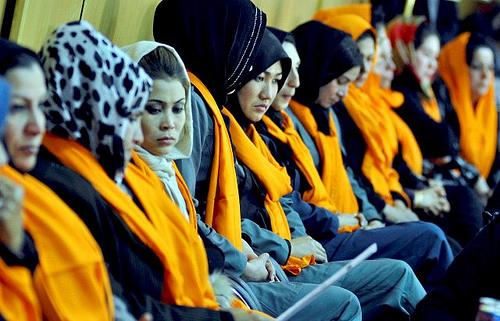KABUL remained a marginal force after years of international investment in the country.
In a fresh report, Women in the Eyes of Men: Tackling the Structural Roots of Women’s Problems in Afghanistan, the group said international assistance was largely focused on short-term projects, failing to address women’s structural impediments.
Fearing a backlash, the Afghan government equally shied away from targeting institutional features that keep women subservient to patriarchal and masculine structures and out of mainstream developments.
Exploring structural problems, the AHRDO carried out a grassroots level research with Afghan men amid its central objective was to engage with men and find out how they see women and women’s problems and what long-term solutions they offer to institutional problems.
Applying innovative methodologies of research, the project engaged with men at community levels. In addition, it conducted targeted group discussions and interviews with men who represented key male-dominated power structures.
The geographical scope of the project spanned five important regions such as Bamiyan, Herat, Kabul, Balkh and Nangarhar. Overall, more than 3,900 persons were interviewed and spoken to across the five regions.
“Afghan men’s attitudinal and behavioral orientations largely appear to be discouraging, cynical, and at times aggressive and suppressive towards women,” the AHRDO’s executive director said.
Khudadad Basharat added: “Characterised by parochialism, suspicion, violence and control, the men largely view women as subordinates and often treat them either with denigration or negligence in decision making and power projections.”
Interactions during the research interviews revealed that Afghan men dominate key institutions and social structures that not only influence, but also shape and configure, women’s lives in public and private realms.
In part, patriarchal family structures, a male-driven-and-led religious establishment, an unsafe public space, the male dominated market place and conservative culture and traditions considerably restrain women both privately and publicly.
After years of short-termism and disjointed investment, the group said, the time had come for the Afghan state, civil society and the international community to place Afghan women’s problems within broader socio-cultural, economic and religious structures.
It went on to suggest concerted efforts to help adapt these structures and institutions in ways that were favorable to women’s enduring empowerment and development.
pr/rm/mud
Visits: 3









GET IN TOUCH
NEWSLETTER
SUGGEST A STORY
PAJHWOK MOBILE APP